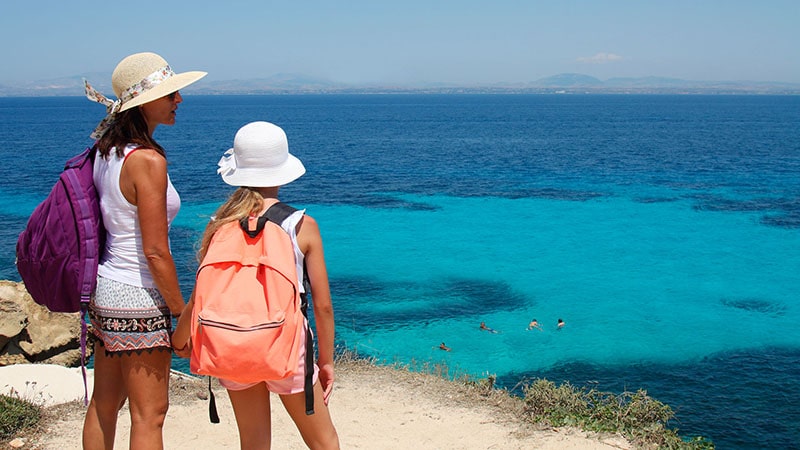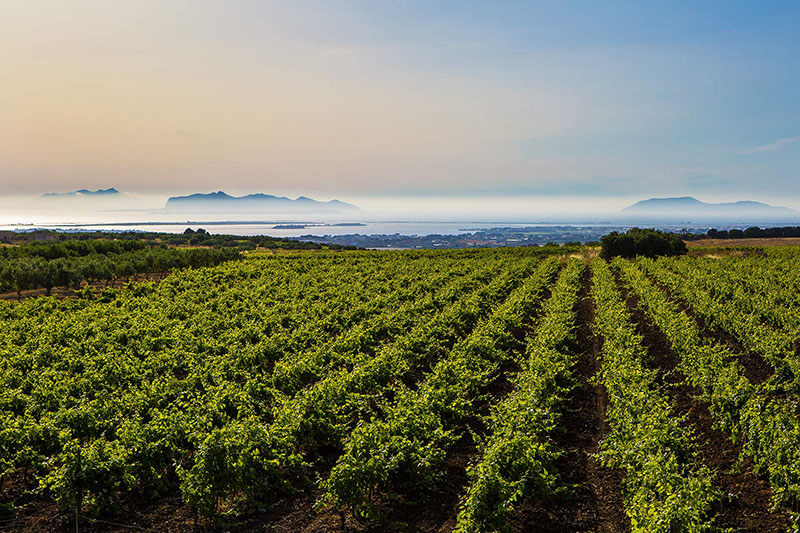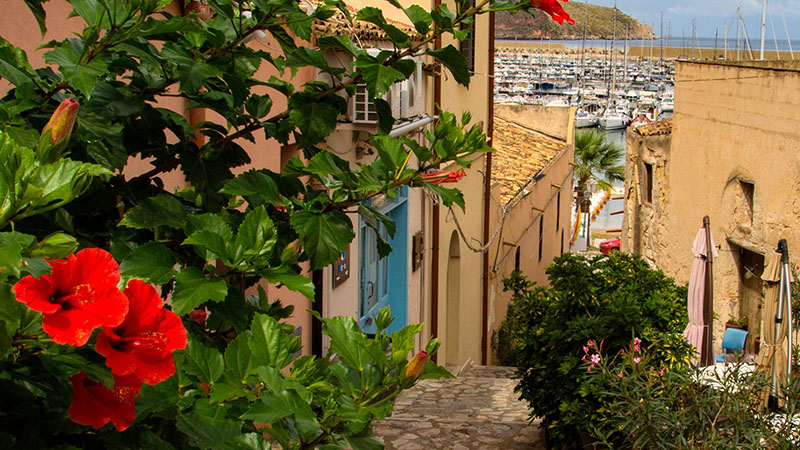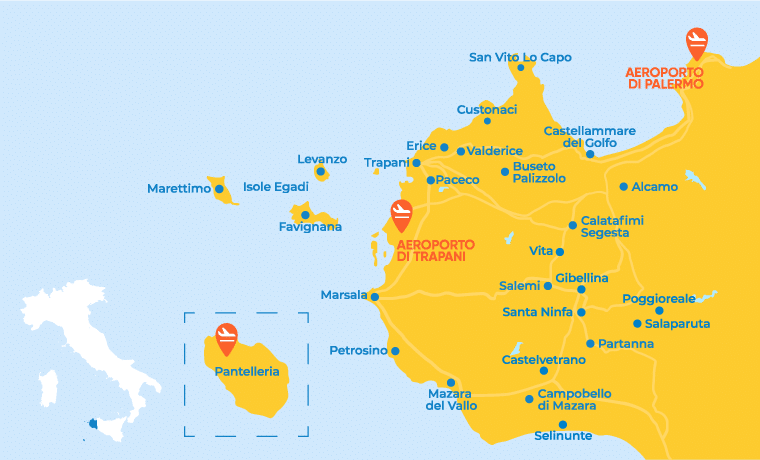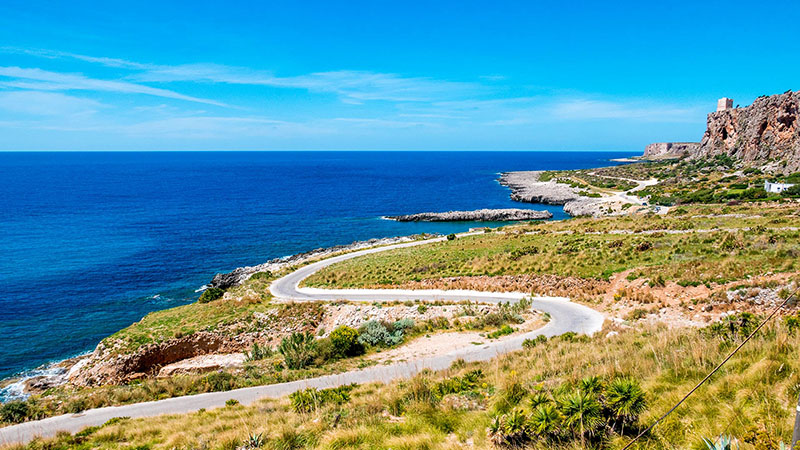After Carrara, Custonaci is the site of the second largest marble basin in the world. The earliest evidence of mining activity here dates back to the 16th century and the open-cast quarries have shaped the landscape from a morphological and chromatic point of view, with their white marble walls. Another landscape in the west of Sicily that has been shaped by mining activity is that of Favignana, where the extraction of calcarenite to make parallelepiped ashlars has left its mark on the landscape and coastline, resulting in breathtaking views.
In the west of Sicily, exploring the area’s ancient industries also provides an opportunity to appreciate the beauty of the extraordinary landscape, albeit man-made, and to step back in time to ancient traditions. You can visit the disused quarries in Favignana or those still in use in Custonaci – a small town whose materials were used in the construction of monuments such as St. Peter’s Basilica in Rome, the Medici chapel in Florence and the cathedrals of Pisa, Lucca and Arezzo.



